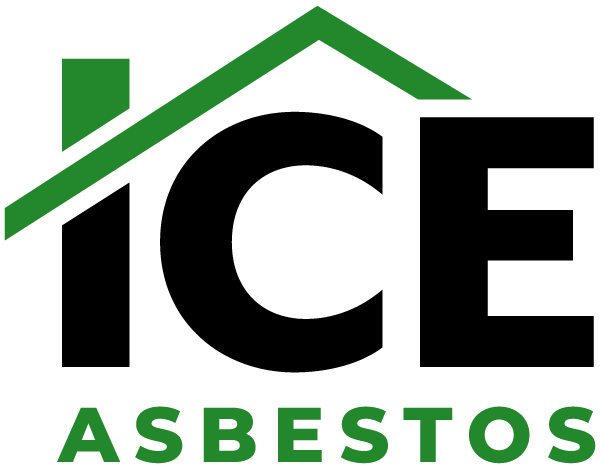Asbestos is a tricky thing. Whilst we are aware of its presence and the dangers it can pose to our health; there is a worrying number of builders and tradespeople whose knowledge on this topic is limited despite having undergone asbestos training.
And asbestos is not a substance that you can approach lightly, as the slightest disturbance to building materials containing asbestos (especially if done regularly) can endanger your life.
How Can You Broaden Your Knowledge?
Even if you’ve already had prior training on how to handle asbestos, the following tips can help to safeguard the wellbeing of you and your team and ensure you’re protected from hidden asbestos.
Just aim to do the following:
- Tip One: The first thing you should do before you undertake any kind of work on a domestic or commercial property is to identify the age of the building. Following changes to regulations, it has been illegal to use asbestos in building materials since 1999. This means any properties build before this date can be assumed to contain asbestos.
- Tip Two: Check records for prior asbestos inspections. If your property has already been assessed and surveyed you should be able to view building plans containing markings of where asbestos is suspected and the condition that it is in. If the property has been checked – great! However, it is worth having another survey done to make sure none of these areas have deteriorated. If they have and it is an area that you don’t plan to change, you will need to implement repairs. If however, you discover the property has never been surveyed, it is important that you get it checked by an HSE approved asbestos surveyor. They will identify and mark on your building plans suspected areas.
- Tip Three: Recognise common building materials made using asbestos. Most of these are fairly easy to identify independently; however, the materials you need to be mindful of are:
Domestic
Asbestos cement water tanks; pipe lagging; loose fill insulation; textured decorative coating (artex in ceilings); asbestos insulation board ceiling tiles, bath panels, partition walls, interior window panels and airing cupboards; toilet seat and cistern; AIB behind fuse boxes, fireplaces and around boilers (this is a sprayed insulation coating); vinyl floor tiles; gutters; soffits; AIB exterior window panels; asbestos cement roof or panels and roofing felt.
Commercial
All of the above as well as – sprayed coatings (limpet) on ceilings, walls, beams and columns; lagging thermal insulation on boilers and pipes; AIB panels in fire doors; asbestos rope seals, gaskets and paper; textiles (fire blankets); textured decorative coatings on walls and ceilings and asbestos cement flue.
- Tip Four: Employ the support of asbestos waste disposal specialists. Alongside handling the safe disposal of asbestos, at ICE Asbestos we provide surveys which can help you to identify and label asbestos-containing materials, as well as perform assessments which can help you to manage the risks associated with hidden asbestos. On top of this, we also perform encapsulation work that is designed to seal damaged asbestos before performing works to safely get rid of it.
- Tip Five: Identify areas prone to damage. When it comes to your walls, ceilings, under the stairs and doors; each of these can often be disturbed during a renovation without your realising it. By being aware of these areas, you can instantly implement preventative measures to stop them from becoming damaged and contaminating the area.
- Tip Six: Train your team. When you hire someone, don’t presume that they know how to locate asbestos or even know the correct procedures for handling it. Instead, if you are hiring them internally, ensure that you gain the relevant training. And if you’re hiring a freelance contractor to assist with your project, get them to prove that they have the relevant training to work with suspected asbestos materials.
Each of these 6 tips can help to minimise the risk of traders and contractors accidentally disturbing asbestos. However, for increased security, we recommend enlisting the help of HSE approved specialists who can thoroughly survey your property; identify suspect areas and label them accordingly.
At ICE Asbestos, we specialise in helping our customers to locate and safely dispose of hidden asbestos. From performing surveys, labelling and encapsulation work, to removing and managing risks; our team can protect your team and eliminate any potential dangers. Contact us today, for more information on our services.
